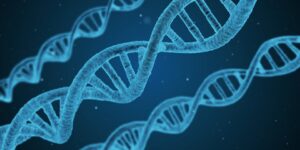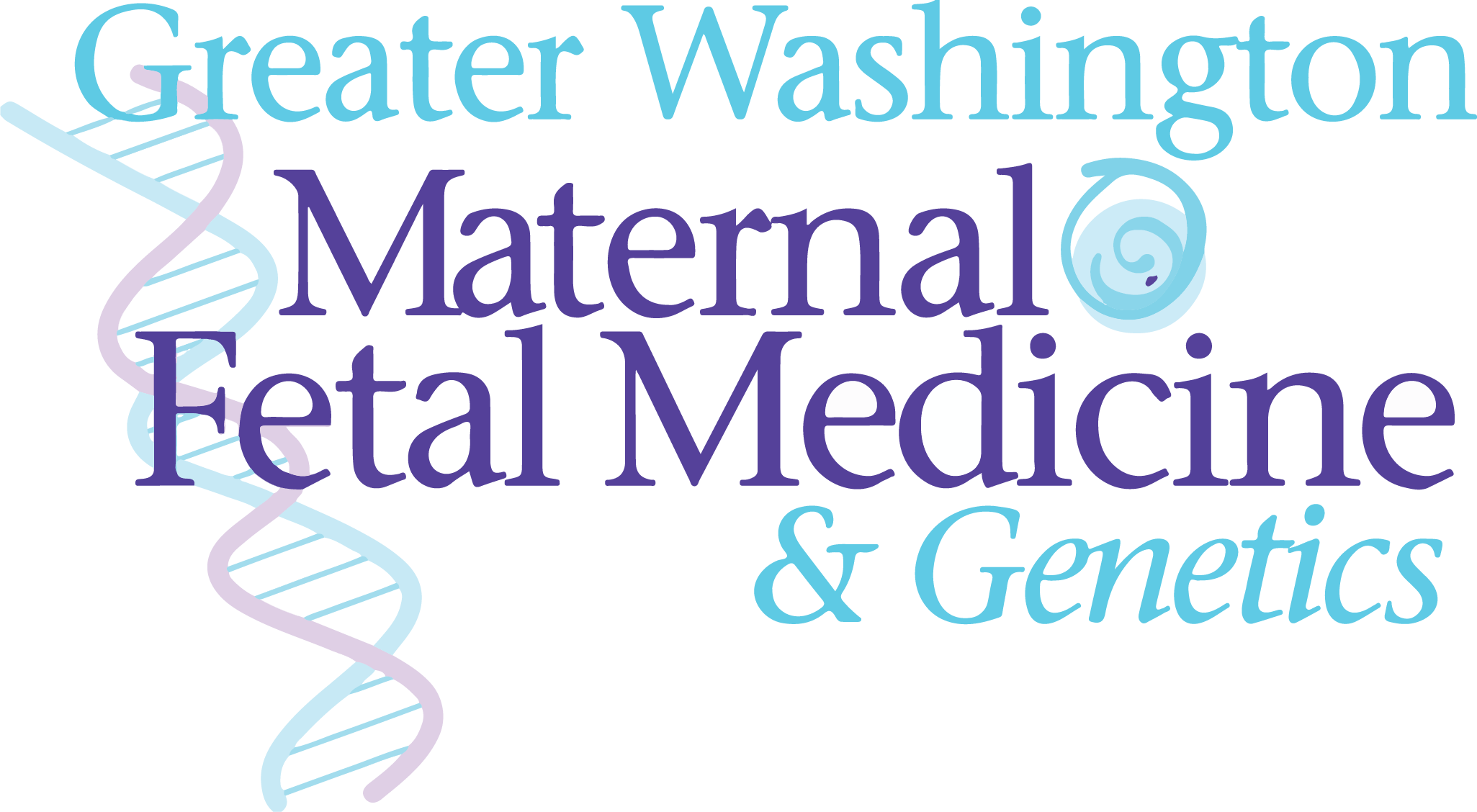What are the “Jewish” Disorders?
December 30, 2016
 Introduction
Introduction
Though there are no genetic disorders that exclusively afflict one ethnic or racial group, some diseases are more prevalent in certain groups. For example, there are some disorders that are more common in individuals who are Ashkenazi Jewish (with roots in Eastern and Central Europe).
To have a child affected by one of these disorders, both parents must be carriers of the same disorder. This is called autosomal recessive inheritance. Carriers typically do not show any signs or symptoms. For every gene we have in our body, we have two copies of that gene. A carrier has a spelling mistake (or what we call a mutation) in one copy of the gene associated with the disorder. Someone who is affected by the disorder has a mutation in both copies of the gene. If both parents are carriers for the same genetic disorder, there is a 1 in 4 (25%) chance that their child will be born with that disorder. Carrier screening, which is completed through a blood draw on both parents, can identify pregnancies at an increased risk for certain disorders.
A genetic counselor can help guide you in determining which testing is best for you. Listed below are 9 of the disorders that are more common in the Ashkenazi Jewish population that are typically tested for if you have at least one grandparent who is Ashkenazi Jewish:
1. Cystic fibrosis
Cystic Fibrosis is a disease which causes thick mucus to build up in the lungs, leading to gradual damage of the respiratory system and chronic digestive problems. Some symptoms include frequent lung infections, coughing, or wheezing, fat malabsorption, poor growth, fatigue, complicated pregnancies in females, and infertility in males. The combined complications lead to a shortened life expectancy.
Carrier frequency in Ashkenazi Jews: 1 in 24
2. Tay-Sachs disease
This disease causes the nerve cells in the brain and the spinal cord to slowly deteriorate. Most commonly, this results in an infant whose development begins to slow and muscles become weak. Eventually the infant is unable to turn over, sit, or crawl. The infant may also startle easily and develop seizures. Most babies with Tay-Sachs disease live only into early childhood, however there are more mild and later-onset versions of this disease.
Carrier frequency in Ashkenazi Jews: 1 in 27
3. Familial dysautonomia
Familial dysautonomia results in the damage of nerve cells in the body. The symptoms typically appear shortly after birth. The baby may have difficulty feeding, failure to thrive, poor muscle tone, and may have chronic lung infections. Individuals with this disorder have trouble stabilizing their body temperature and blood pressure and are usually unable to produce tears. Older children may have episodes of sweating, vomiting, and increased blood pressure. Adults may have trouble walking and vision loss.
Carrier frequency in Ashkenazi Jews: 1 in 31
4. Canavan disease
Canavan disease is a disorder that damages the ability of nerve cells in the brain (neurons) to send and receive messages. This results in problems with development of motor skills, weak muscle tone, a large head, loss of vision, and difficulty swallowing. Many children with this disorder cannot walk, crawl, sit, or talk. They may be blind or deaf, and many have a shortened lifespan.
Carrier frequency in Ashkenazi Jews: 1 in 55
5. Gaucher disease
The symptoms of gaucher disease can vary for each patient. Type 1 (non-neuronopathic gaucher disease) does not affect the brain and is the most common type. Some patients have no symptoms, while others have an enlarged liver and/or spleen, anemia, low blood platelets, lung disease, and/or bone abnormalities (pain, fractures, and arthritis). Type 2 and 3 are neuronopathic as the brain can be affected, causing abnormal eye movement, brain damage, and/or seizures.
Carrier frequency in Ashkenazi Jews: 1 in 15
6. Mucolipidosis, type IV
This disorder is characterized by delayed development and vision impairment that worsens with time.. Typical mucolipidosis type IV is severe, yet more common, and atypical mucolipidosis type IV is more mild. This disorder is characterized by delayed motor and intellectual skills, and weak muscle tone that progresses to muscle stiffness which impairs their ability to walk. Individuals with this disorder may also have trouble swallowing and chewing. Many patients are anemic and become blind by the time they are teenagers. Individuals with this disorder often live to adulthood but tend to have a shorter lifespan.
Carrier frequency in Ashkenazi Jews: 1 in 89
7. Fanconi Anemia, group C
This disorder causes physical abnormalities such as abnormally light skin, café-au-lait spots (flat patches of dark skin), and malformed extremities. This disorder can also cause defects in internal organs and failure of the bone marrow, which produces blood cells in the body. This leads to anemia and associated symptoms of extreme fatigue, infections, and clotting problems. People with fanconi anemia group C also have an increased risk of developing cancer.
Carrier frequency in Ashkenazi Jews: 1 in 100
8. Niemann-Pick disease, type A
Niemann-Pick disease type A is the severe form of Niemann-Pick disease. Affected infants typically develop an enlarged liver and spleen and fail to gain weight and grow appropriately. Around the age of one they begin to lose their mental abilities and movement. They may also have trouble feeding, experience abdominal swelling,and develop widespread lung damage which generally is fatal. All affected individuals have an eye abnormality called a cherry-red spot, which can be identified with an eye examination.
Carrier frequency in Ashkenazi Jews: 1 in 115
9. Bloom syndrome
Bloom syndrome is a genetic disease that causes short stature and a characteristic skin rash due to the skin being extremely sensitive to the sun. This characteristic skin rash is usually described as a butterfly-shaped patch of skin across the nose and cheeks. Individuals with bloom syndrome are also at a higher risk of developing cancer, such as breast and colon cancer. They may also have fertility issues, distinctive facial features, and a compromised immune system.
Carrier frequency in Ashkenazi Jews: 1 in 134




